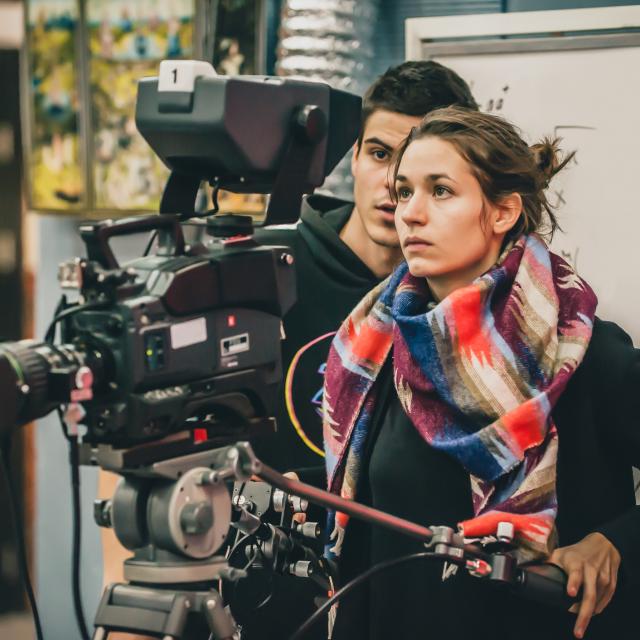The impacts of innovation on productivity across DCMS sectors


Innovation and productivity are key to improving living standards, as they lead to higher incomes and improved public services. Although measuring innovation is challenging, getting more companies to innovate is crucial for boosting productivity in the UK, especially with recent estimates showing productivity has struggled to recover post-pandemic.
The Department for Culture Media and Sport (DCMS) commissioned the National Centre for Social Research (NatCen) to investigate how innovation supports productivity in its sectors, and what influences it.
The study used multiple methods including a Rapid Evidence Assessment (REA), 8 in-depth interviews and a workshop with 12 industry practitioners. Insights from the REA were used to create four case studies. Four broad policy recommendations were also formulated to support innovation and productivity in DCMS sectors.
Our research found that innovation in DCMS sectors leads to productivity in two ways:
Technological innovations are more common than non-technological innovations, especially in the creative and cultural industries, tourism, and gambling. For example, VR, AR, and Artificial Intelligence (AI) are used in multiple sectors. VR and AR support innovation in film, museums, games, and tourism, while AI is used in tourism, civil society, journalism, and sound design. However, the complexity of technology applications varies across sectors. Charities often use basic AI chatbots for routine tasks, while the creative and cultural industries and tourism use AI for more advanced activities like generating music and providing complex guest services. These examples show how the same technology is applied differently across sectors, either to create innovative products and services or to support production, indicating different levels of technological sophistication.
Non-technological innovations are less common, and mainly found in sports, civil society, and the creative and cultural industries. These often involve co-production and collaboration to optimise resources and foster growth. For example, charities and sport clubs use open innovation to engage stakeholders, share knowledge, and co-create initiatives to better meet community and organisational needs.
Our research found three factors that can either help or hinder innovation:
Our research found limited examples on how organisations in DCMS sectors adapt to innovation. These examples can be broadly grouped into three categories of adaptations:
Through our research, we formulated four broad recommendations that could support innovation across DCMS sectors:




Receive a regular update, sent directly to your inbox, with a summary of our current events, research, blogs and comment.
Subscribe